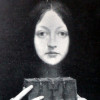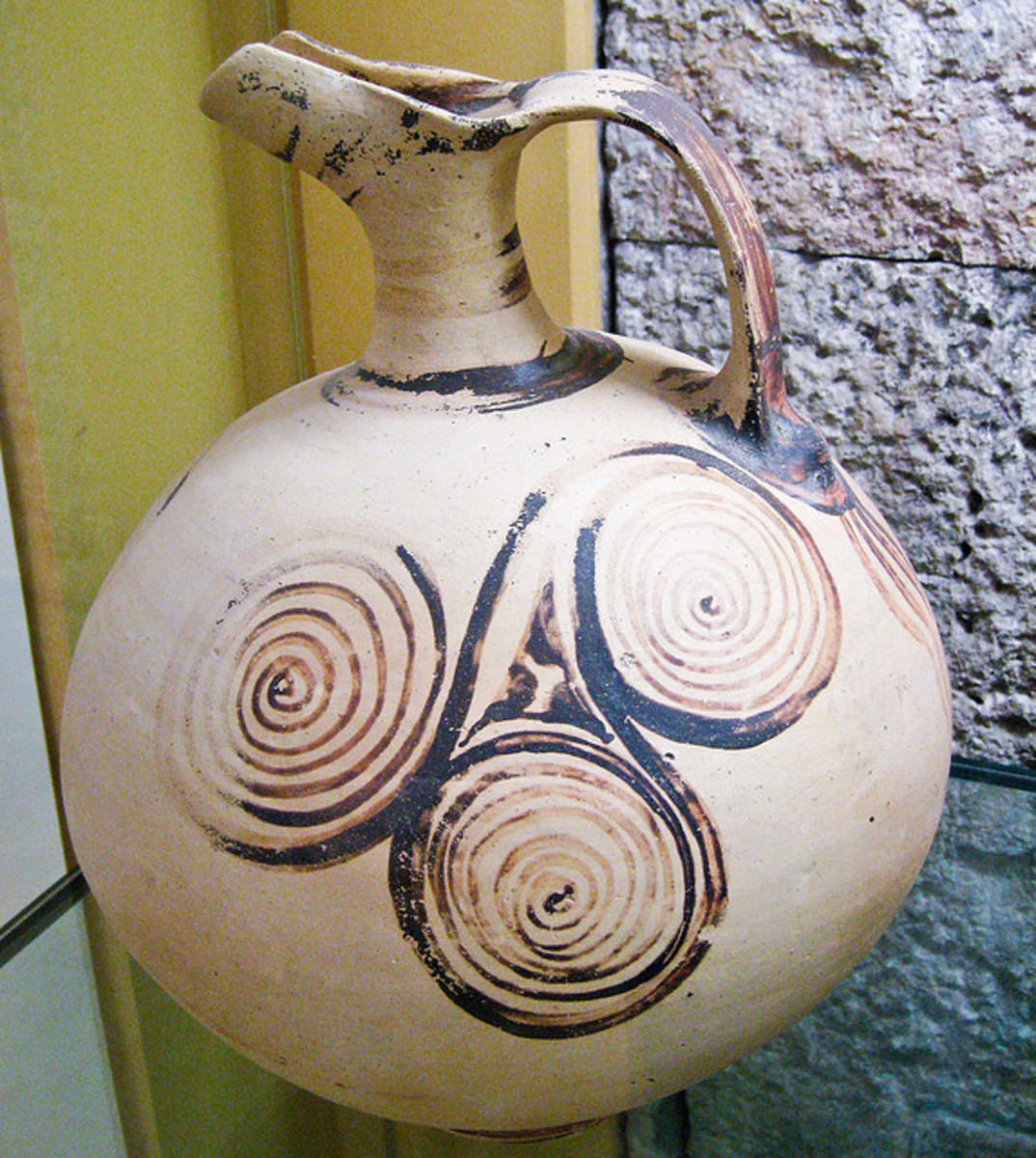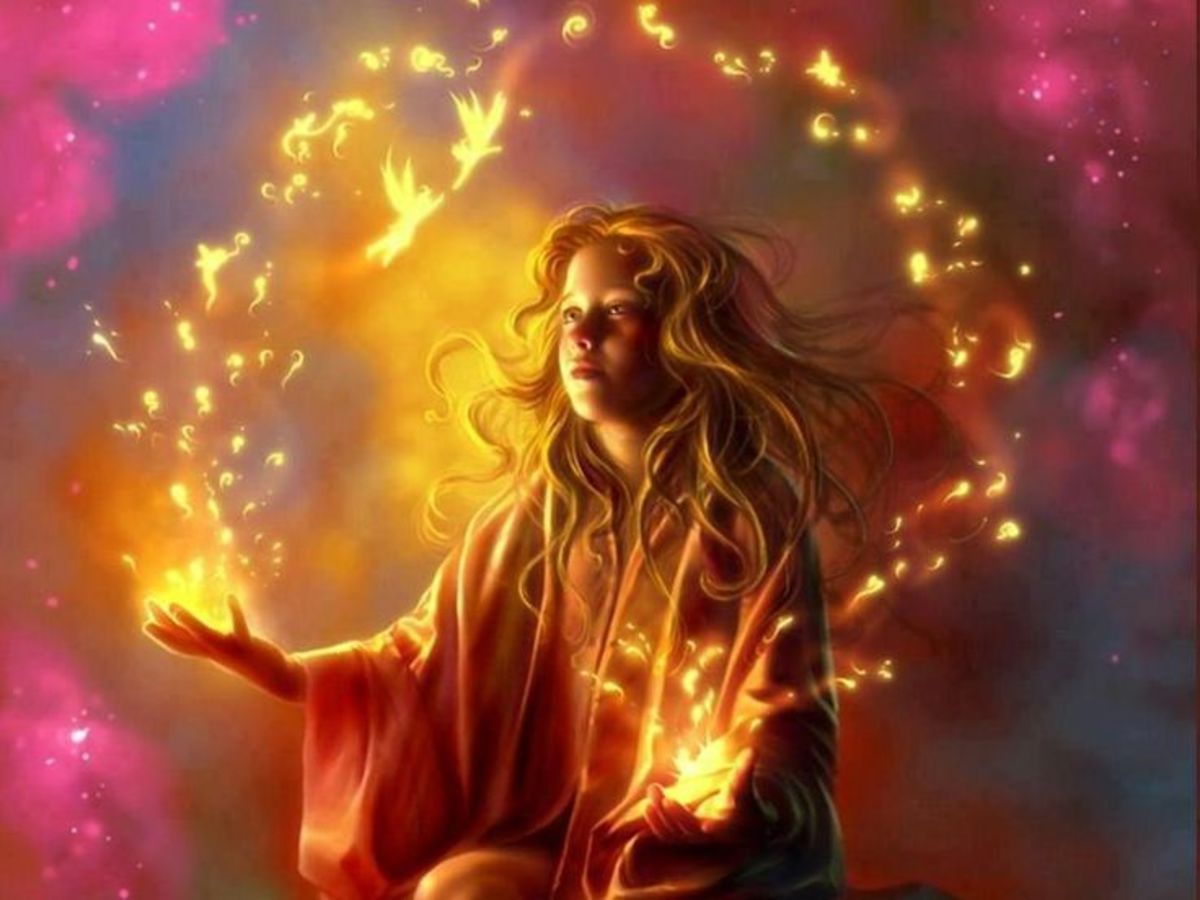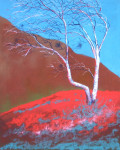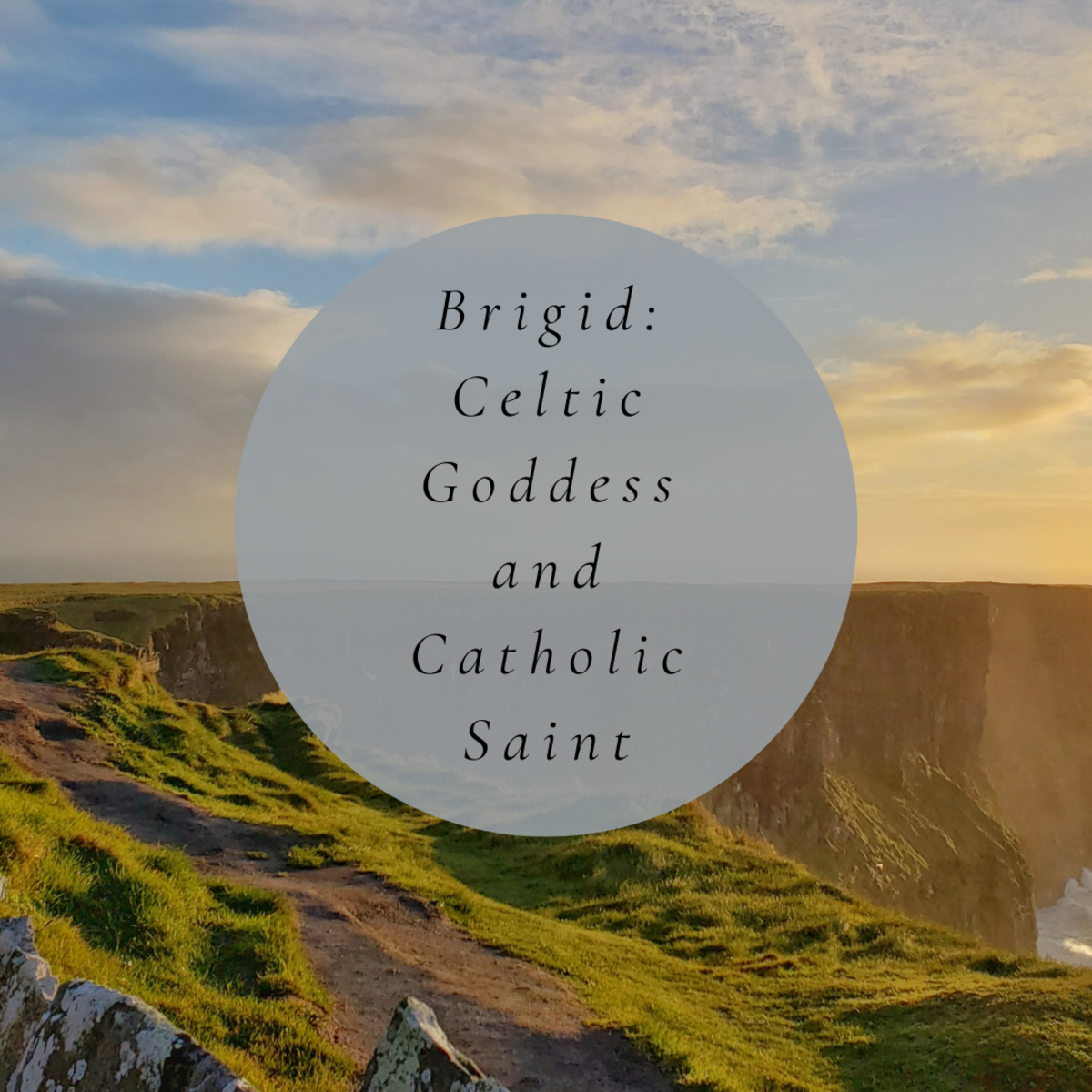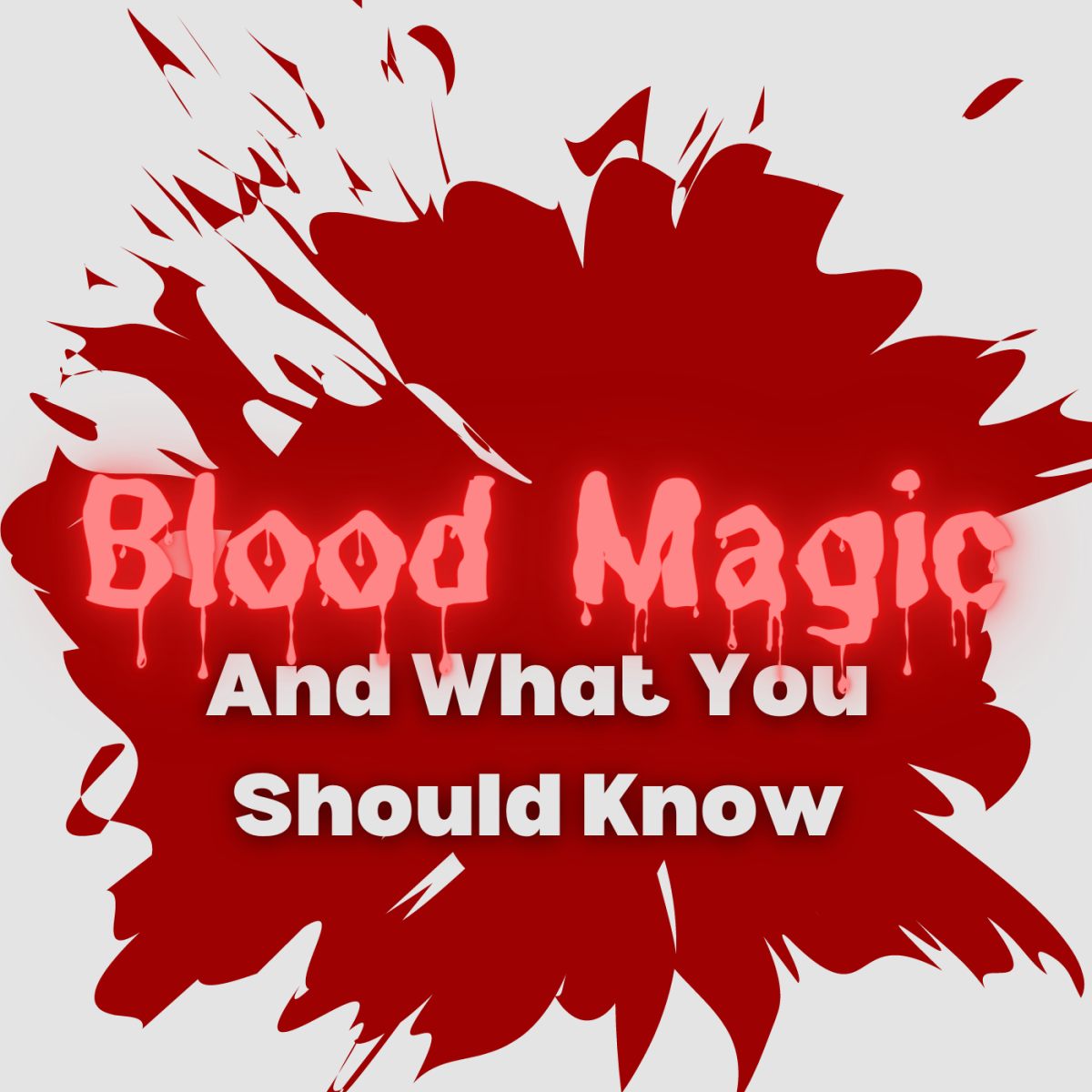Celtic La Tene art
Celtic Landscape.C.
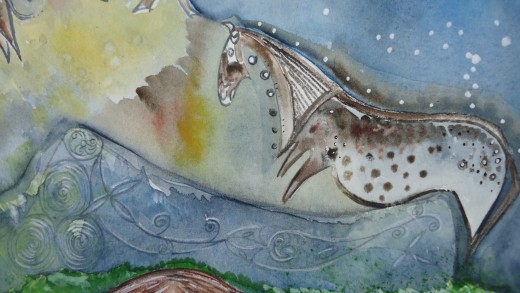
Celtic roots
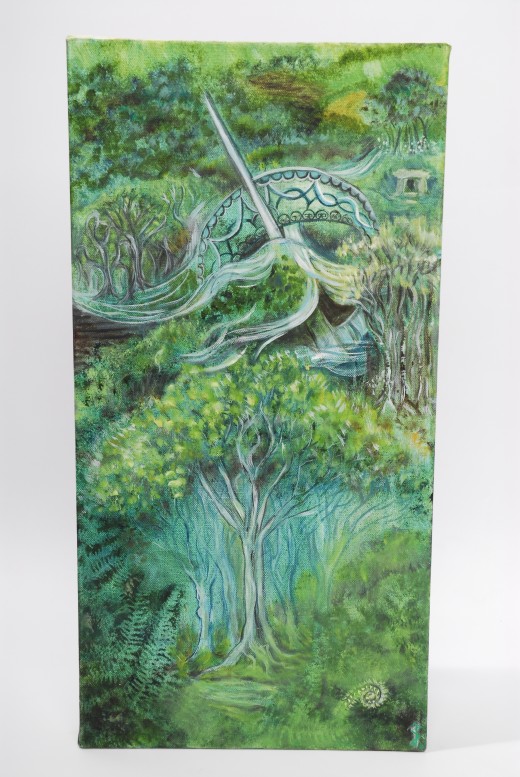
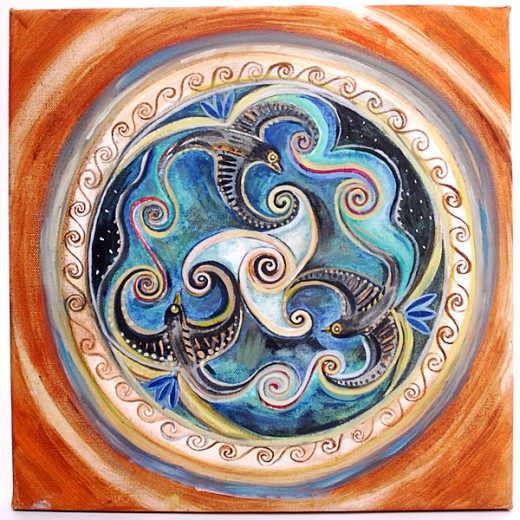
Celtic La Tene art
The artist was inspired by the folds in the landscape before him. They were gentle in feel, not looming to impose upon the grasslands.
Dawn lights upon mist concealed the folds but at the same time gave tantilising glimpses of
treasures beneath.
It was still early. There were no jet trails in the sky yet. This gave the landscape an eerie ambience of being between times.
The artist felt as if he was a lone observer in a vast world. Inspired he began to paint the landscape coming into day.
After a while he put his painting down, there were cairns on the top of the soft hills, that felt significant. The artist began to walk into the landscape he had been painting ....
The mist had began to evaporate into the sky, birds flew disturbed from the thick grasses.
The artist began to look at the spiral art on the cairn stones. He felt a need to draw them, it was part of his history after all, wasn't it?
symbol of life- Neolithic butterfly design
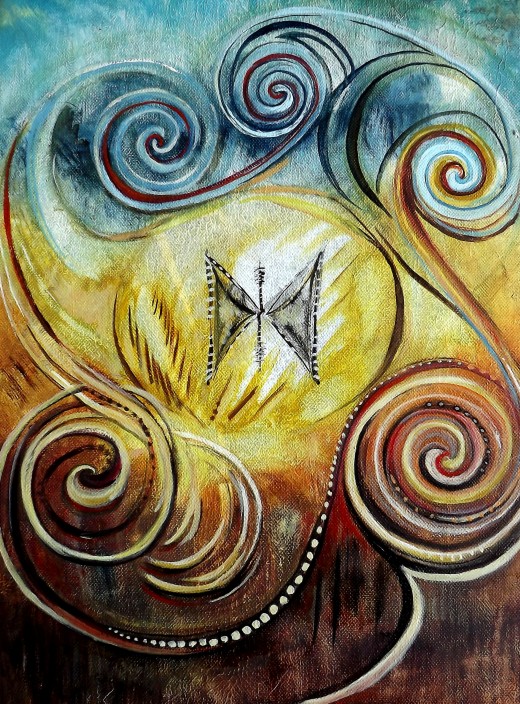
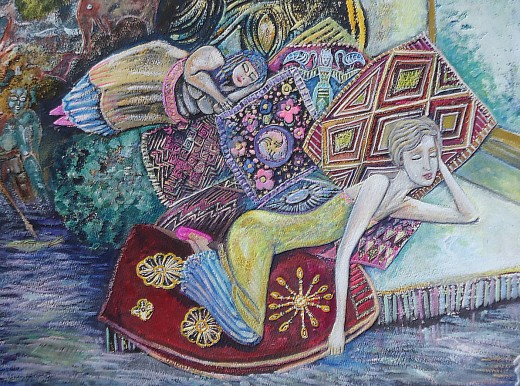
The Spiral is not unique to Celtic art. Many cultures used the spiral as well. Egyptian, Greek and African cultures all used the symbol.
The Celts absorbed the Spiral from the neolithic pottery and carved stone. They transmuted it into something wonderful.
The Celtic people were not a static people. They liked to move and explore new territories.
Celtic art was connected to Religious beliefs and War.
The Celtic people created art of great beauty, but also slept with severed heads of enemies on display in home, close to hearth!
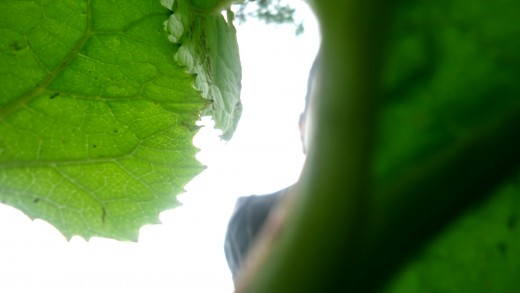
"A leaf on it's side, becomes a mountain or a Goddess"
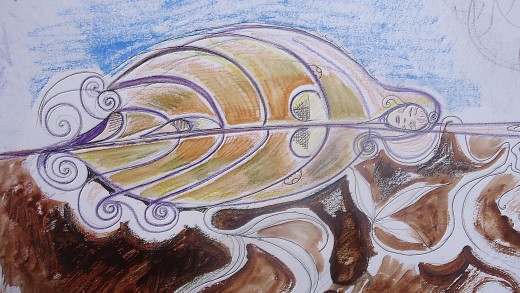
Bronze to Hallstatt
The Celts developed their art throughout the Bronze age and Europe. Incorporating spirals into triple spirals or triskels.These are thought to represent the Triple goddess, maid, mother & Crone. The givers and takers of life, bringing balance, pain or bounty. Eternal in cycle, neverending.............
Their art was admired. Gold and bronze torques embelished with fine twisting coils. Amber beads shone in spirals beaded with turquoise. Their art so colourful and deceptive depth of design.
The spiral was a symbol of something higher in spirit, but also of status. To actually wear adornment of spiral and gold was also a symbol of high status.
The term La Tene refers to a late Iron age Celtic culture, practised over Europe, but originally began from tribes along River Danube known as the Hallstatt cultures.
Their Celtic style of La Tene art spread throughout Europe.
Their designs are full of symmetry and reflections. "A leaf painted on it's side becomes a mountain or a goddess"
The Celts percieved the Goddess/Gods as being present in the natural world around them.
La Tene art was generous and curvy in design. Strong linear lines lead into intricate spirals, that interconnect in such a way they become one strong design.
La Tene art flows fluidly as if it still growing. The Celtic plants are forged into gold, bronze and iron or silver. Abstract shapes form into animals and Gods and Goddess hidden in curling leaves. Fish swim into spirals, birds with eggs in their bellies all adorn that forged for intent of blood of war, worship and status.
The animals featured in their art also expresses their knowledge of animals from many places and also mythic creatures.
Celtic Zoomorph shapes
- Elephant
- Wild boars
- Wolves
- Stags
- Winged horses
- Bull
- Hounds
- Cats
- Snakes
- Dragons
- Owls
- Birds
-
La Tene Treasures
- Silver "Gundestrup Cauldron"
The wonderful vessel known as the "Gundestrup Cauldron" was discovered 1891 in a peat bog in Denmark. It was originally covered in gold leaf and set with red and blue glass.
- Bronze "Witham Shield"
This Shield is a ceremonial object. There is a faint line of a stylized boar, which was originally rivited onto the shie
- Bronze "Battersea Shield"
This was recovered from the River Thames in London. It is a ceremonial shield. Far to fragile for use in war. It was probably a votive offering to the river goddess.
- Gold "Broighter Boat"
This a treasure that is fragile and delicate. It wieghs 3oz and has details such as rowlocks and paddle for steering. It was found in Londonderry, Northern Ireland 1896.
Celtic La Tene Treasures
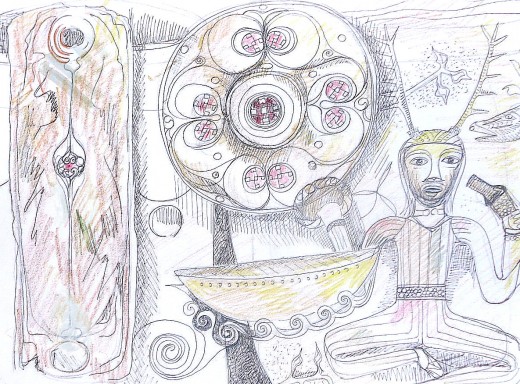
The visible Celt
Gradually, La Tene art and Celtic lifestyle faded into decline. Roman invasion and conquest took their toil on these tribal peoples.The grassland heartlands were gradually cleared of Celtic peoples.
The artisans, craftspeople and blacksmiths of La Tene designs and traditions were absorbed into Roman-Celtic art, religions and war systems.
In Ireland, elements of the Celtic art tradition were also preserved by the Monks who developed the spirals, triskels, scrolls and zoomorphic (animals) into intricate knotwork designs. Although disciplined and ordered the books these monks illustrated are an invaluble record and source of Celtic Art and design. An example of this Celtic art would be the Book of Kells.
The art movement, Art Nouveaux took inspiration from Celtic art using strong, curved lines to reveal woman's sensuous form embraced within arches of organic shapes of flowers and trees.
Celtic art is still used as Company logos and of course still adorns book covers and can be seen still in aspects of jewellery design and art.
The Celtic heartlands of Gaul may have diminshed, but are still visible in the cairns and lonely place atop grassy hills.
Waiting to be discovered by each generation who wishes to find links to past............
"Offerings".c.
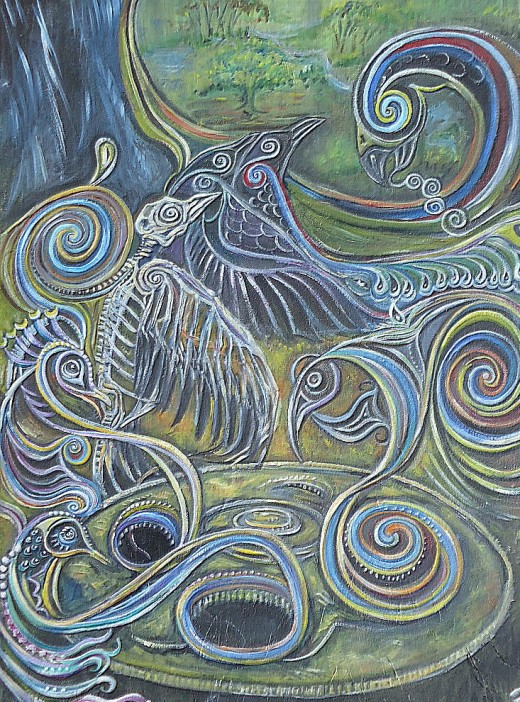
- Reinhard Johannes Sorge "The Beggar" 1892- 1916 Ill...
The Expressionist Poet and Playwright of - Albert's prayer -Albert Ball 1896-1917
Albert's Prayer- the life of Albert Ball WW1 ace pilot 1896-1917 - Noah? Why did you save all those creatures again? Po...
